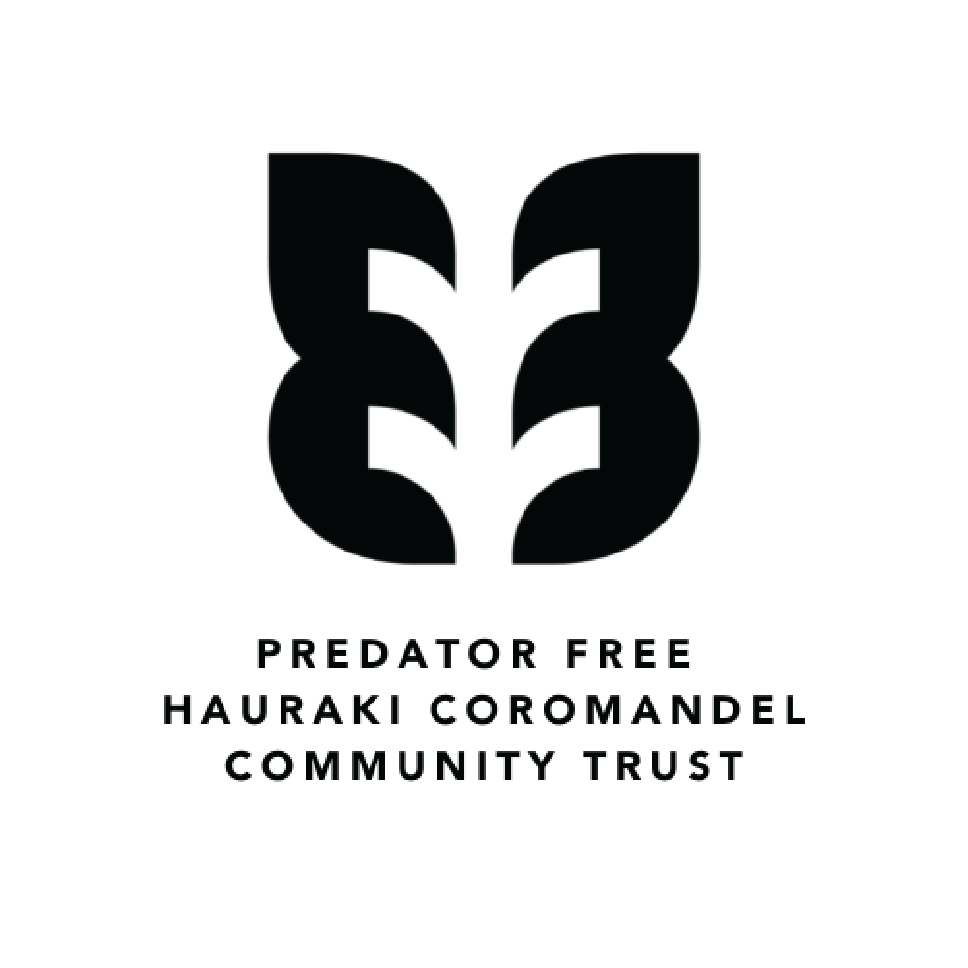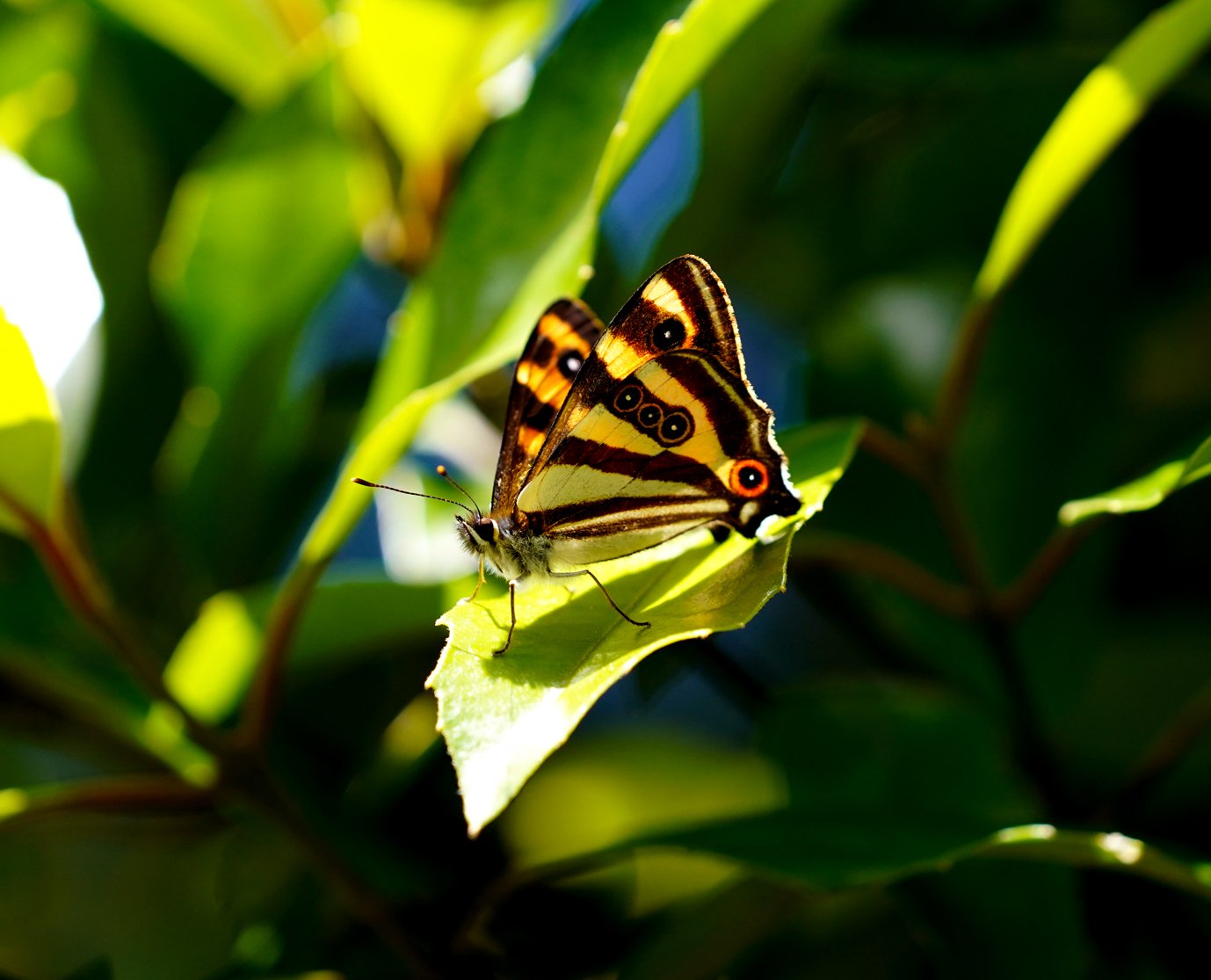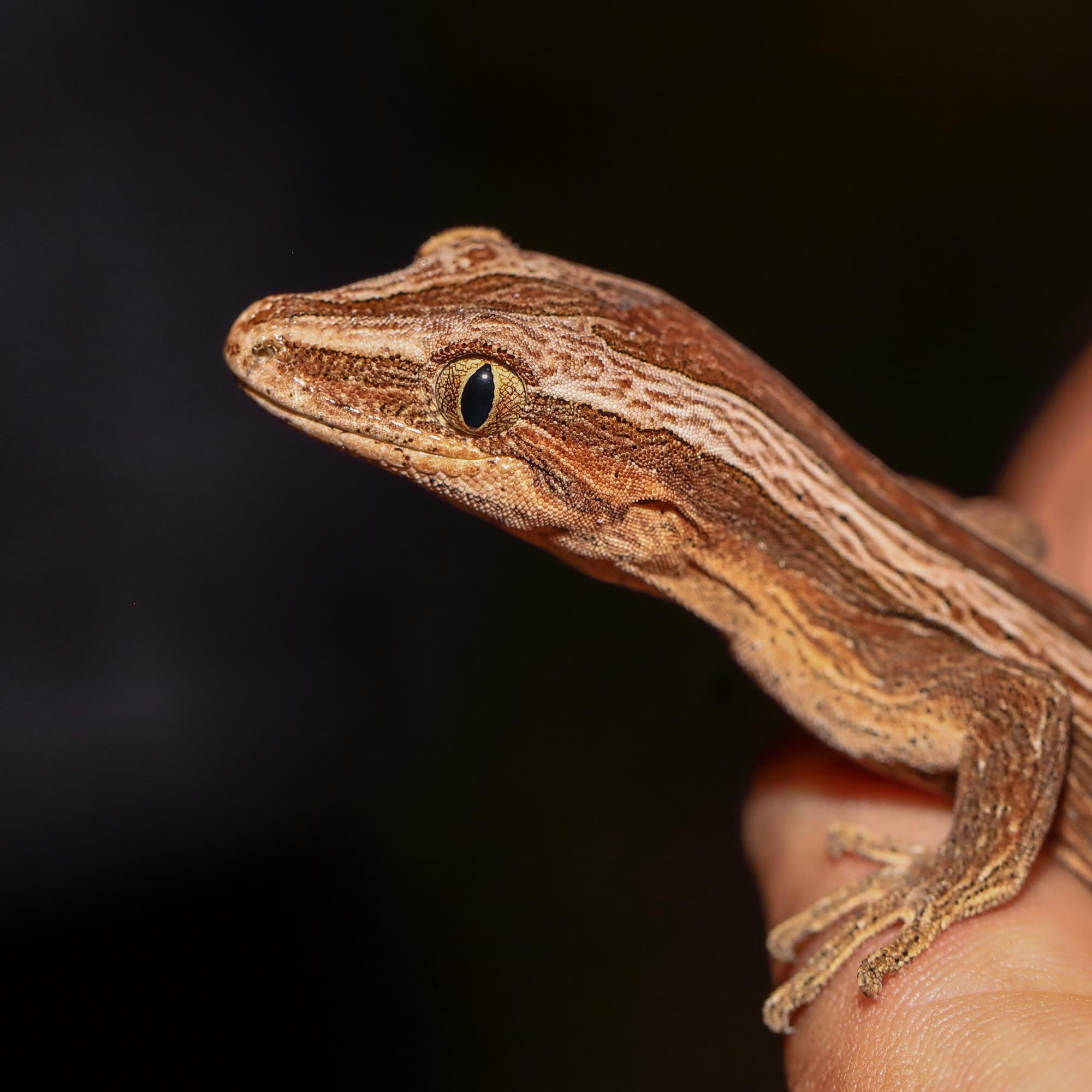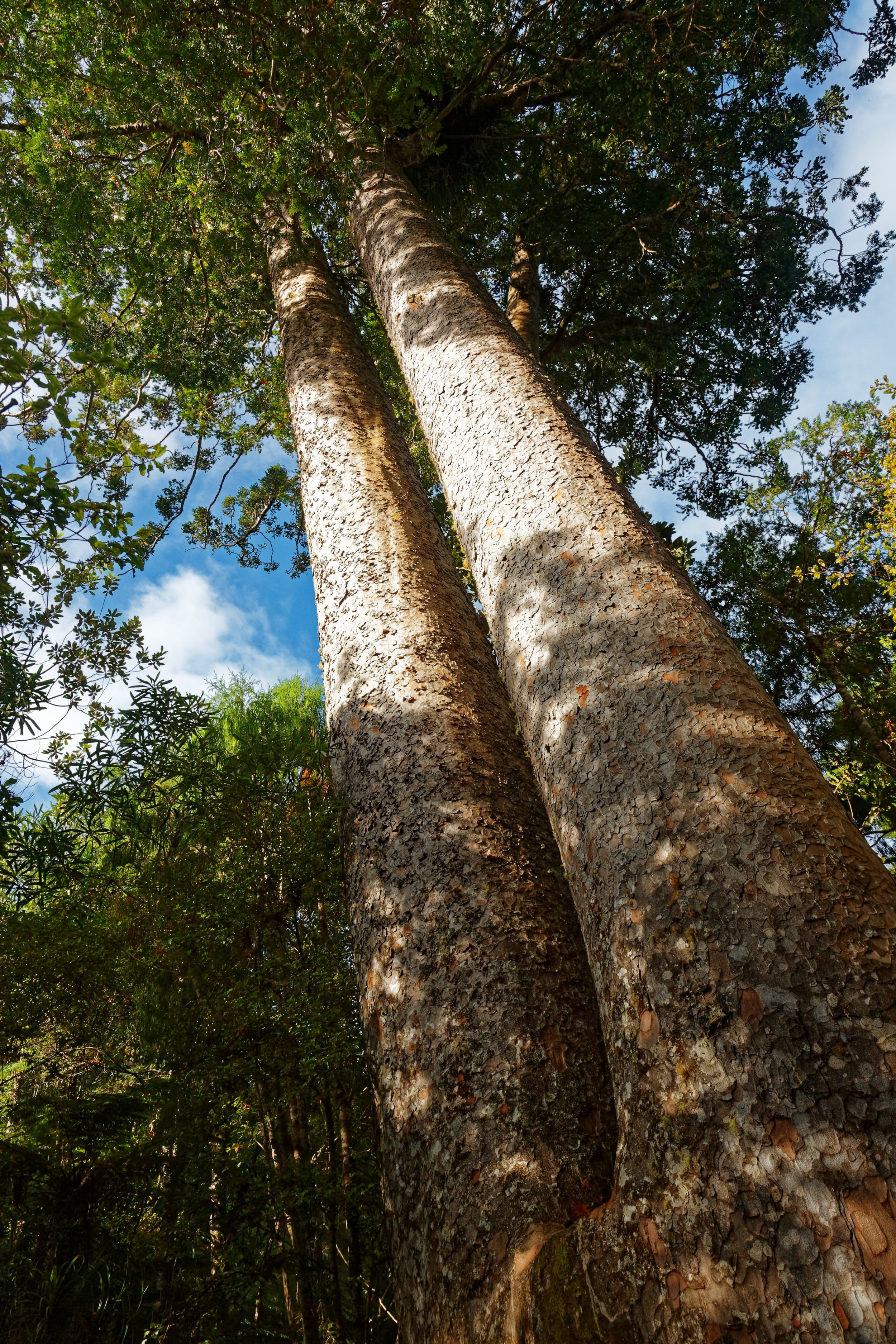
Biodiversity
Biodiversity is the life support system of our planet. It is the key indicator of the health of our natural environment and underpins the ecosystems that provide us food, clean our water, purify our air, and maintain our soil.
New Zealand’s plants, animals and soils were developed during 80 million years of isolation and we were the last landmass of any significant size to be discovered by humans. High percentages of our indigenous species are only found here and nowhere else in the world.
Our unique environment and biodiversity is deeply embedded in our cultural identity as New Zealanders. And yet despite a strong emotional connection to our land, and leading conservation preservation initiatives (like the development of National Parks and the QE II National Trust), we also have the dubious distinction of being the “Extinction Capital of the World” and have the highest proportion of threatened species in the world.
The people of the Hauraki Coromandel are guardians of 107 nationally threatened species (51 flora and 56 fauna species).
Why these species have survived in the Coromandel when they have become extinct in other parts of New Zealand may be primarily attributed to the large and interconnected fragments of indigenous forests, wetlands and scrublands, together with the work of countless conservation volunteers who have worked for decades to save them.
-
More than any other of our native creatures, kiwi have been entwined in our identity as New Zealanders tracing back to the early 1900s. They are a biological oddity belonging to an ancient group of birds that can’t fly, with habits and physical characteristics so like a mammal, they’re sometimes referred to as an honorary mammal.
The kiwi has feathers like hair, nostrils at the end of its beak and an enormous egg. Most kiwi are nocturnal birds, like many of New Zealand’s native animals, and their distinctive calls pierce the forest air at dusk and dawn.
There are five species of kiwi - Great spotted, Okarito Brown, Tokoeka, Little Spotted and North Island Brown. The first three species listed above live in low numbers in the South Island. The Little Spotted Kiwi lives on offshore islands. The North Island Brown Kiwi is the only kiwi remaining on the mainland North Island. The Coromandel brown kiwi are the rarest of the North Island brown kiwi taxa with a population of approx. 1000 pairs.
Nationally the kiwi population is in serious decline with fewer than 5% of kiwi chicks reaching adulthood largely due to the devastating predation of dogs, cats, and stoats. However the Coromandel region has made great gains for kiwi conservation over the last couple of decades and we now have the greatest rate of kiwi recovery in the country because so much of the land where kiwi live (75%) has active and efficient predator control in place.
There are many involved in this effort protecting native species and every effort, no matter how big or small, is significant.
-
Neither insect or worm, but something in between, the Peripatus (or velvet worm) is an intriguing creature believed to be remarkably unchanged from 500 million years ago. With stumpy legs they look like harmless caterpillars, but in reality they are sharp-shooting predators who capture their prey by shooting them with a jet of sticky fluid.
They lead a nocturnal existence and typically live on the forest floor beneath or inside rotting logs, under rocks and in leaf litter. Members of the same species may be very different from each other; not even having the same number of legs. They shed their outer skin every 2-3 weeks and can squeeze through openings one-ninth of their girth.
It is classified by the New Zealand Department of Conservation as ‘At Risk, Naturally Uncommon’ due to habitat loss and predation.
-
The endangered New Zealand dotterel (Charadrius obscurus) was once widespread and common. Now there are only about 2500 birds left, making dotterels more at risk than some species of kiwi. The impacts of coastal development on habitat, introduced predators and disturbance during breeding seasons are all factors in the drop in numbers.
New Zealand dotterel nest in open sites, typically low-lying sand or gravel banks and sandbars close to beaches and lagoons. Nests just above high tide mark are easily lost to strong storms and very high spring tides. On the beach, nests are easily destroyed by careless feet, dogs and off-road vehicles. When adults are disturbed while incubating and leave the nest, the eggs are at risk of overheating. When young chicks are disturbed, they can die from exhaustion as they cannot eat in time, or get to their feeding grounds at the water’s edge.
The Coromandel has several major breeding sites and several beachcare conservation groups are working to protect these precious birds.
-
This extraordinary blue mushroom’s official name is the New Zealand Blue Pinkgill. It’s scientific name is Entoloma hochstetteri, and its Maori name, Werewere Kokako is translated as the blue wattle of the Kokako.
It is also found on our $50 note and New Zealand allegedly has the distinction of being the only currency in the world to feature a mushroom. The most recent banknote re-design by the Reserve Bank maintained our native biodiversity theme. In fact Entolama Hochstetteri has moved from the lower right corner to centre stage - reflecting the increasing recognition of how significant our biodiversity is to our identity and economy.
-
The most extensive, undisturbed wetlands around the Coromandel Peninsula remain the stronghold for this large, rare, heron-like bird. Unfortunately, over the past two centuries, this habitat has been in decline, with much of the area drained for farmland and other developments. Bittern are secretive and ‘crepuscular’, being most active in the early morning and late evening. Often their presence is only known from their deep, booming call during the breeding season.
On the Peninsula, wetlands with large raupo stands are the favoured habitat. However, bittern can also sometimes be found feeding in small farm and suburban ponds and in vegetated drainage ditches. These are suboptimal habitats that increase the bird’s vulnerability to human disturbance and particularly the risk of collisions with vehicles. ‘Bittern crossing’ road signs have been introduced in some locations adjacent to bittern habitat. Unfortunately, a bittern’s natural response to danger is to ‘freeze’. In this concealment posture the bird becomes completely rigid with the bill and neck pointed stiffly skywards and the feathers tightly compressed so that the whole body appears elongated. This can be a very effective strategy in a raupo swamp, where in combination with its cryptic plumage, it becomes almost invisible. However, half way across a road with an oncoming vehicle, it is lethal.
The Australasian Bittern probably arrived from Australia around the time of human settlement in Aotearoa. At about the same time the only endemic bittern, the New Zealand Little Bittern, was beginning its decline towards extinction, its numbers decimated by introduced mammals. Only through the pursuit of a predator free coromandel coupled with wise land use management will there be a future of our one remaining bittern species.
-
The Forest Ringlet butterfly was once widespread as far south as Greymouth and Lewis Pass in the South Island, but has become increasingly rare over the past 50 years.
Now classified “At Risk”, this beautiful endemic butterfly has all but disappeared. The cause of this decline is not yet known, but suspected to be due to the increasing rarity at lowland levels of its plant food, ‘cutty grass’ (Gahnia), and predatory wasps that prey on its larvae.
An expert from David Attenborough’s Butterfly Conservation Trust in the UK spent 12 weeks in late 2017 searching both the North and South Islands for the Forest Ringlet and only found 5 at one of our community conservation projects in the Hauraki Coromandel.
-
Only officially named in 2020, Toropuku Inexpectatus – the Northern Striped Gecko – was totally unknown to science until its discovery in 1997, when it was spotted at a Coromandel home. Today it is still considered one of the rarest gecko species in New Zealand, and one of the most restricted in terms of location.
Auckland Zoo and Massey University scientists are undertaking research and monitoring of this exciting new species, in partnership with one of our community conservation groups.
-
The Hauraki Coromandel has a rich history of Kauri forests with 1,200,000 hectares prior to Eurpoean settlement. It was logged intensively until the early 1900’s, and today only ~400 hectares remain. This taonga species has to be managed carefully with Kauri Dieback disease easily spreading through soil movements from footwear, animals, and equipment.
-
The Archey’s frog is the most evolutionarily distinct, and globally endangered amphibian in the world (#1 amphibian on global ‘edge’ list)
Described as a ‘living fossil’, the Archey’s frog is almost indistinguishable from the fossilised remains of frogs that lived almost 150 million years ago.
It is the smallest of New Zealand’s 4 native frogs and it has eccentric features such as muscles for tail-wagging, despite not having a tail to wag, and also an abnormally high number of vertebrae. It cannot croak and does not possess ear drums, but communicates by scent instead of sound. The Archey’s frog has round, not slit pupils and ‘belly flops’ rather than jumps. The males guard the eggs, and the tailed froglets that hatch crawl onto the father’s back, where they remain for several weeks whilst they develop.
The Archey’s frog has become critically endangered through disease (in particular the infamous chytrid fungus) and introduced predators such as mice and rats.
The Hauraki Coromandel is one of only three locations in New Zealand, where the Archey’s frog can be found.










